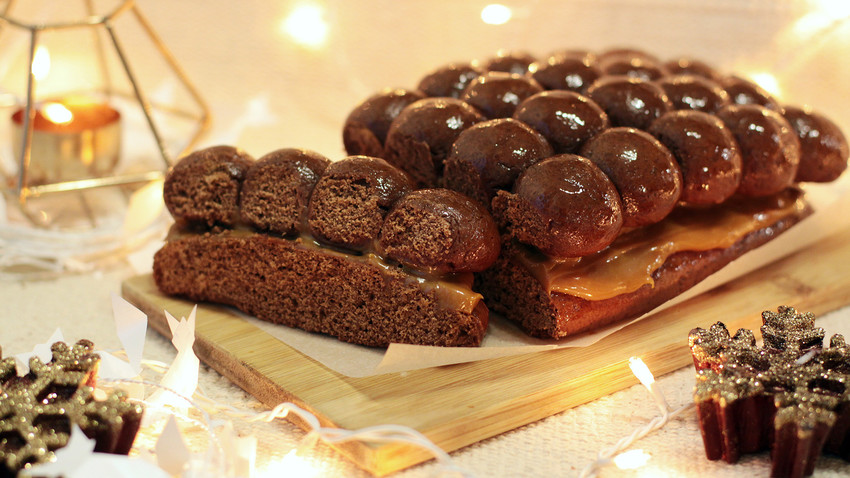
Learn how to hone the taste of this spicy honey dough to sweet perfection.
Victoria DreyEvery year before New Year’s and Christmas I try a new recipe with festive vibes. Kovrizhka’s recipe is not something new: Slavic types of honey bread have been known since the 9th century and still remain very popular. Honey, spices, cocoa and glaze – this traditional Russian sweet bread has everything you need for the winter holidays!
The name of this dessert derives from the Old Russian word, “kovriga”, meaning “one piece bread”. This is actually the most important difference between kovrizhka, which is always baked as one big piece, and pryaniki – another similar type of Russian honey bread that is usually quite small and formed in different cute shapes.
Kovrizhka has always been a kind of festive dish: the so-called “rich” versions made with butter and eggs were baked for different holidays and major occasions. There are some traditional kovrizhka recipes without animal-derived ingredients that were cooked even during Lent. Anyway, the most important ingredient has always been honey – not only does it add a unique flavor and signature texture to the dough, but it also keeps your kovrizhka soft and fresh for weeks.
There are literally dozens of kovrizhka’s recipes – some cook it with honey exclusively, not adding a pinch of sugar. The filling between kovrizhka layers may differ from sweet and creamy caramelized milk (Russian version of dulce de leche) to various varenye or jams. It is also popular to add dried fruits, berries and nuts into the dough. The same goes for kovrizhka shapes: one of the most impressive is the so-called “pavement” kovrizhka – it's all about a top layer that really reminds one of a cobblestone pavement.
For these holidays I cook one of the tastiest types of honey bread – chocolate kovrizhka with caramel filling. I think that cocoa powder enriches the taste of the spicy honey dough even more and hones it to sweet perfection.

1. Start with the syrup for the dough: add sugar and water in a pot and bring to a boil on low-medium heat, constantly stirring the mixture. When the sugar dissolves and the mixture slightly boils, turn off the heat.
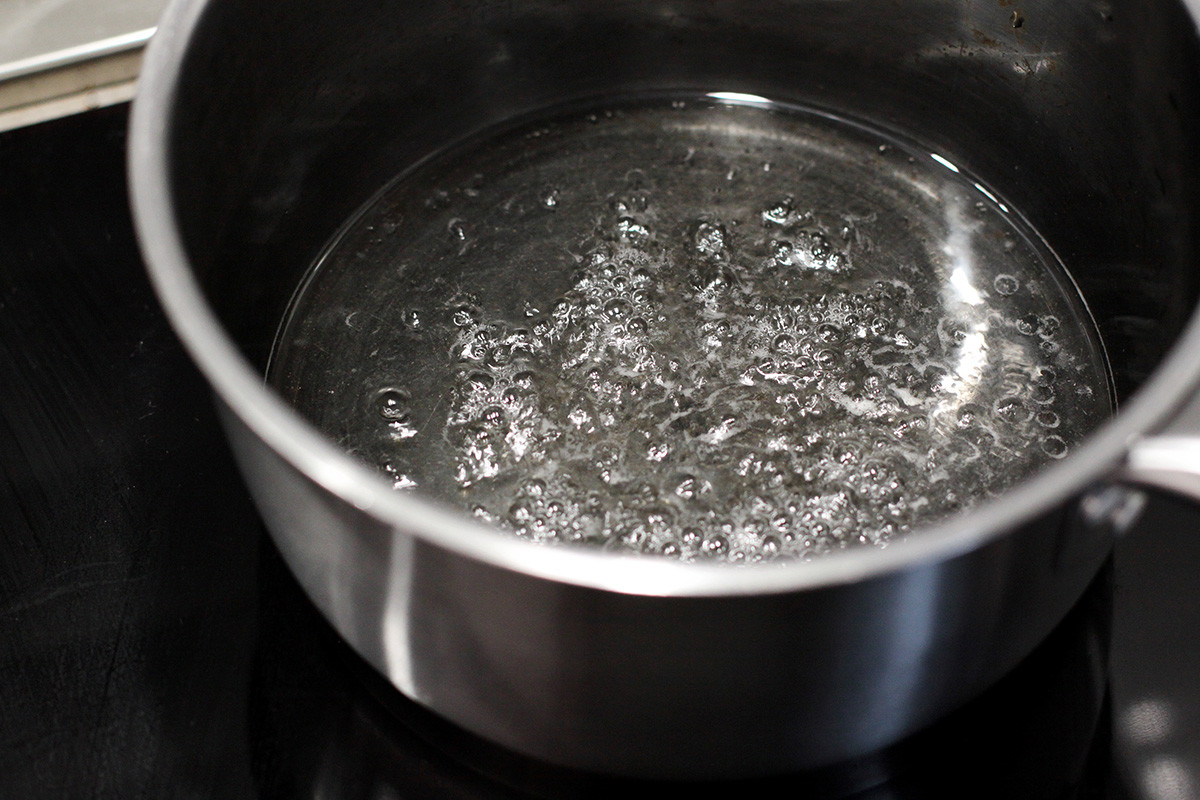
2. Add honey, butter, salt and spices; mix until well combined and leave the mixture to cool to room temperature. For this recipe I prefer buckwheat or any other sort of dark honey since it gives kovrizhka a richer color and taste.

3. Next, add one egg into the mixture and whisk again – the liquid becomes thicker and more gooey.
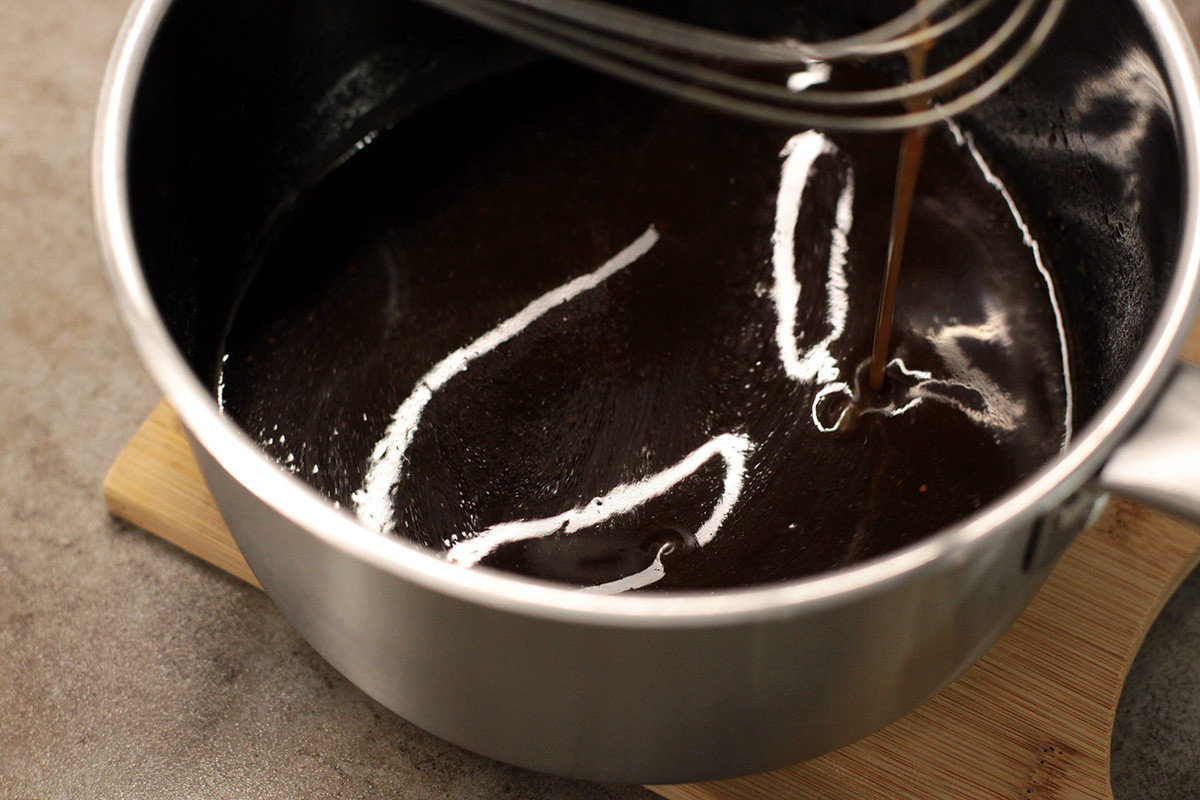
4. In a clean large bowl add sifted flour, cocoa and baking powder. Then, pour in the liquid mixture and stir with a wooden spoon.
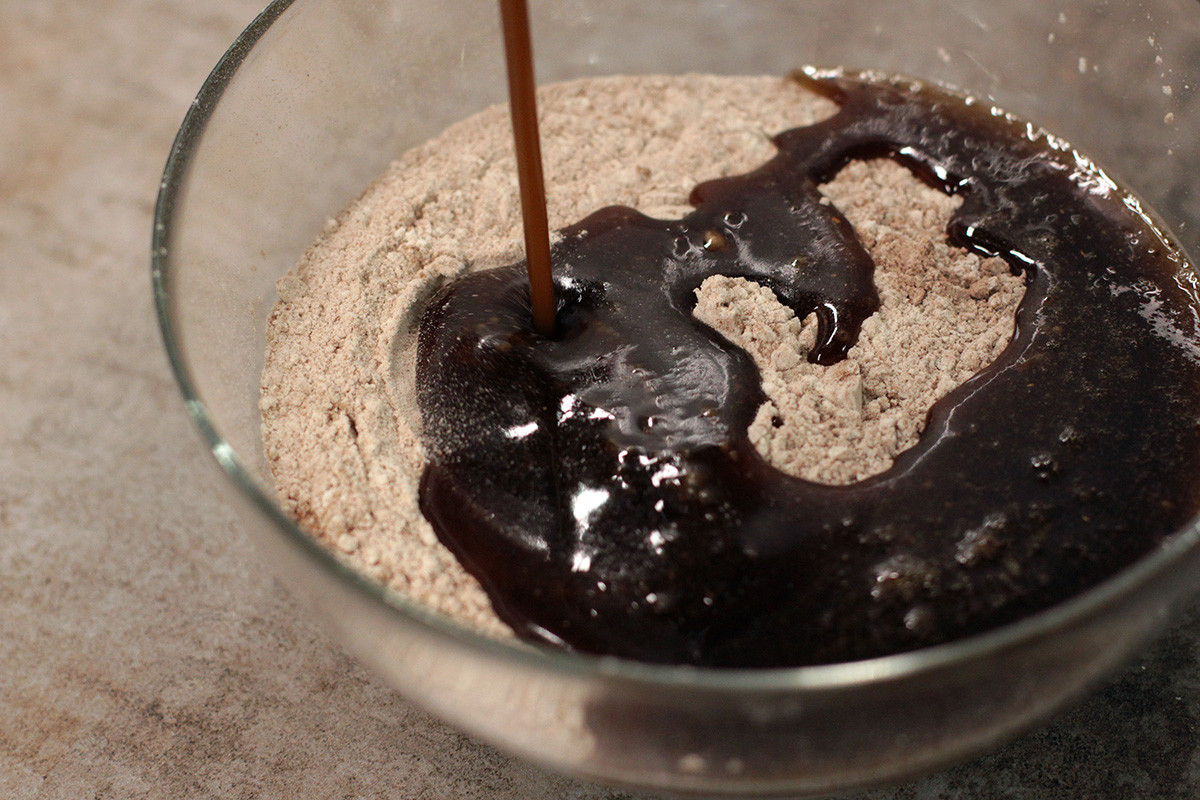
5. You should get a very smooth and thick dough with no lumps. At this point it seems too sticky – don’t add any more flour; just leave for 10 minutes in the fridge and you’ll notice that the dough doesn’t stick to your hands at all.
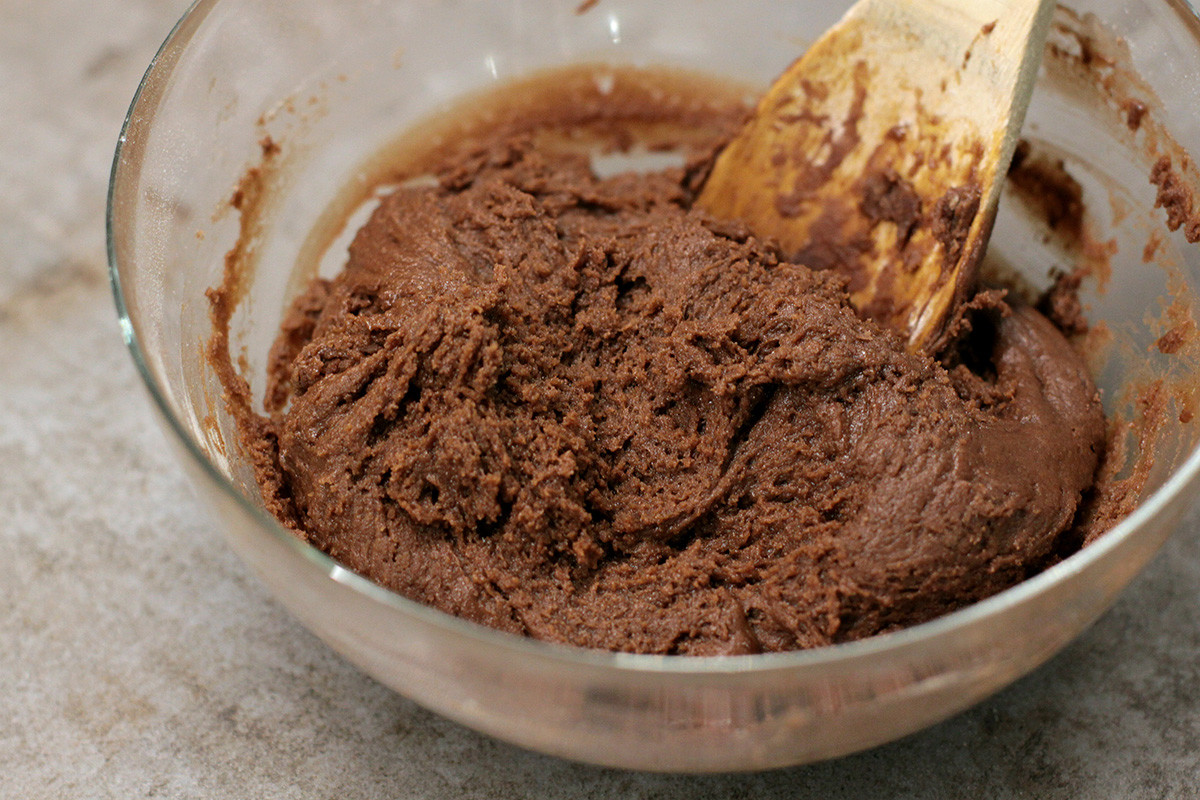
6. Now, divide your full-flavored dough in two equal parts. Working with the first part, pinch off a small piece of dough, round it into a ball and put on a sheet of baking paper. Repeat to pinch and round, placing balls close to each other.
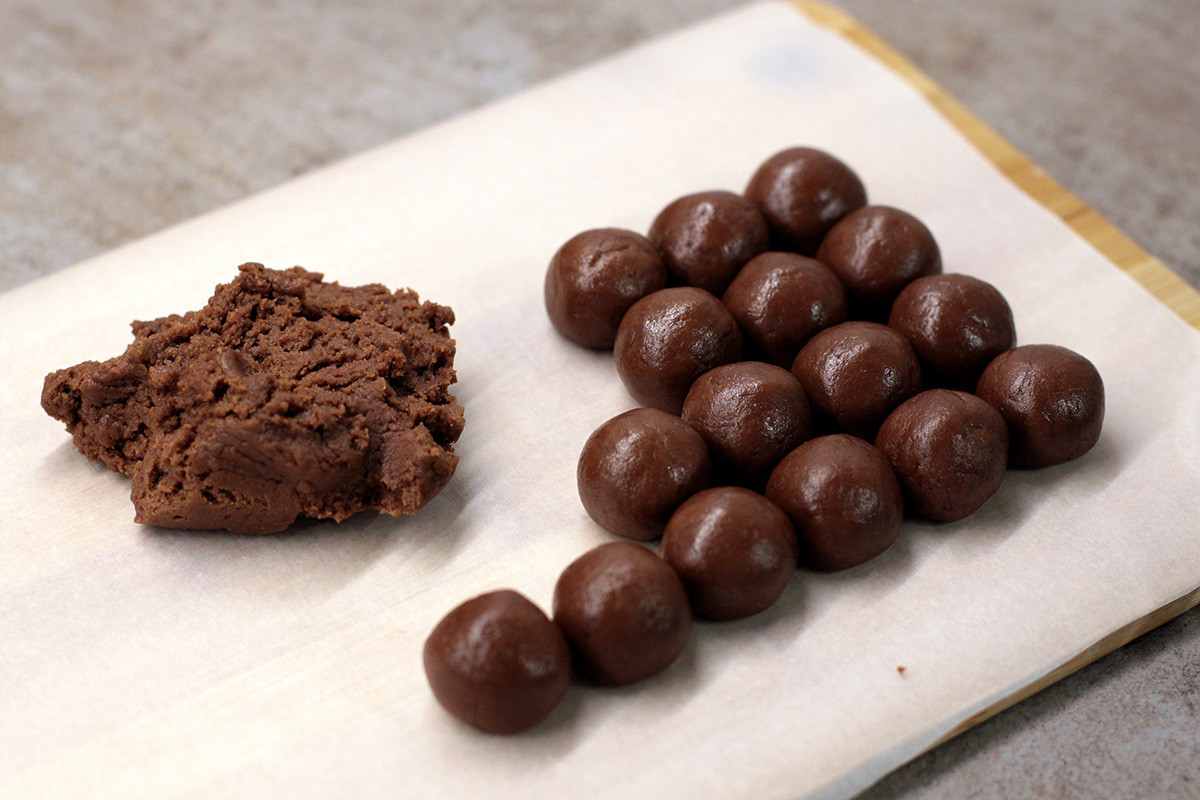
7. Form a rectangle from the balls to create a kind of “pavement” pattern: here, I have 4 rows with 6 balls in each – you can differ the amount depending on the size of the balls.
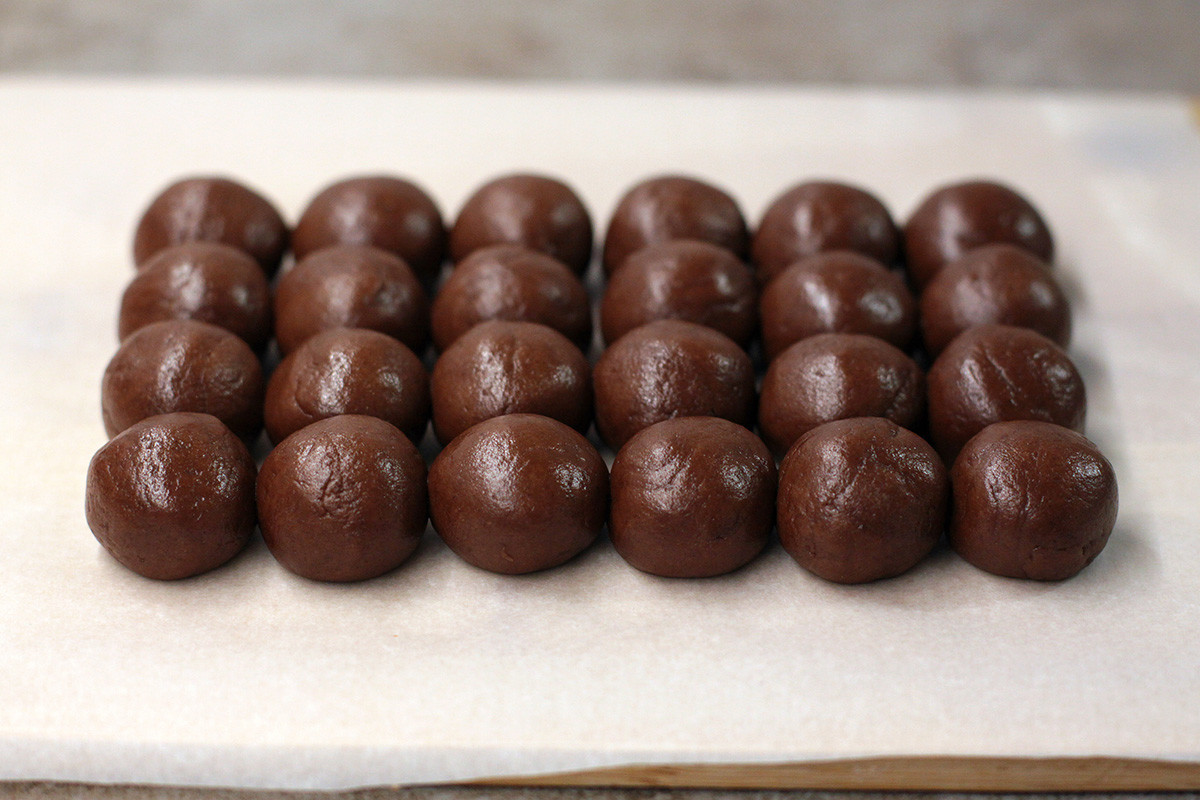
8. Back to the second part of the dough – put it on another piece of parchment and roll into the same-sized rectangle using a rolling pin and helping with your hands. Finely prick the layer with a fork.
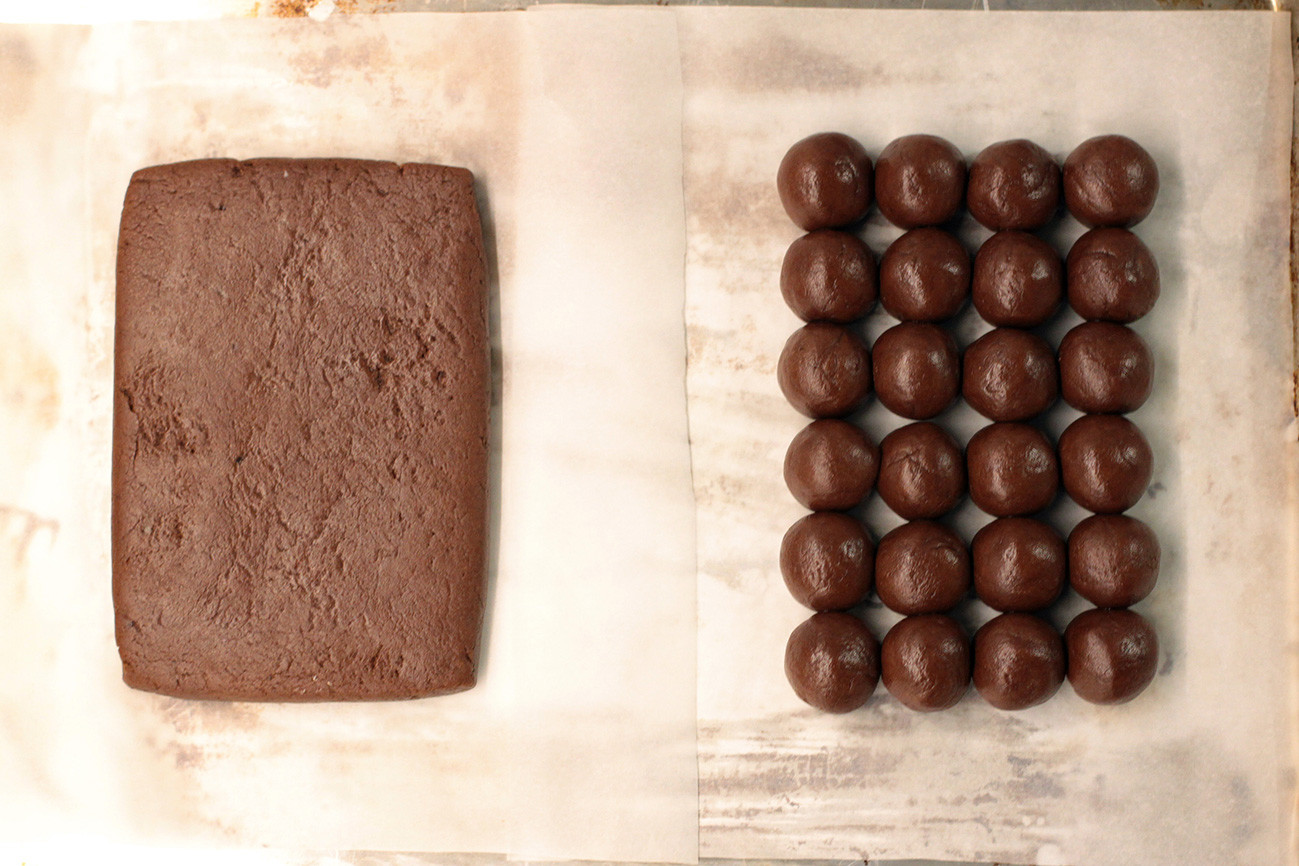
9. Bake both kovrizhka layers – flat and “pavement” – at 180°C for 20-25 min and set aside to cool.
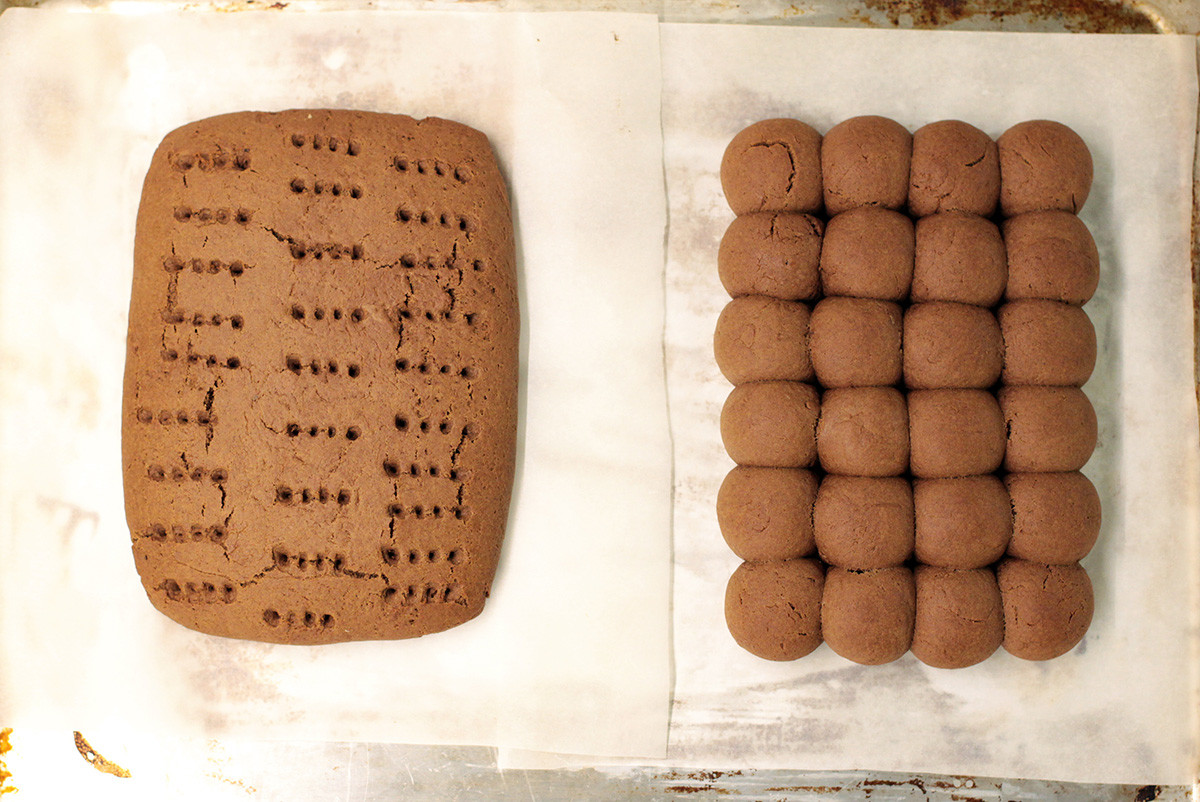
10. Meanwhile, prepare the glaze: in a pot, mix water with sugar and bring to a boil on a low heat – make sure the sugar fully dissolves. Turn off the heat, add lemon juice, mix and let the mixture cool to room temperature.
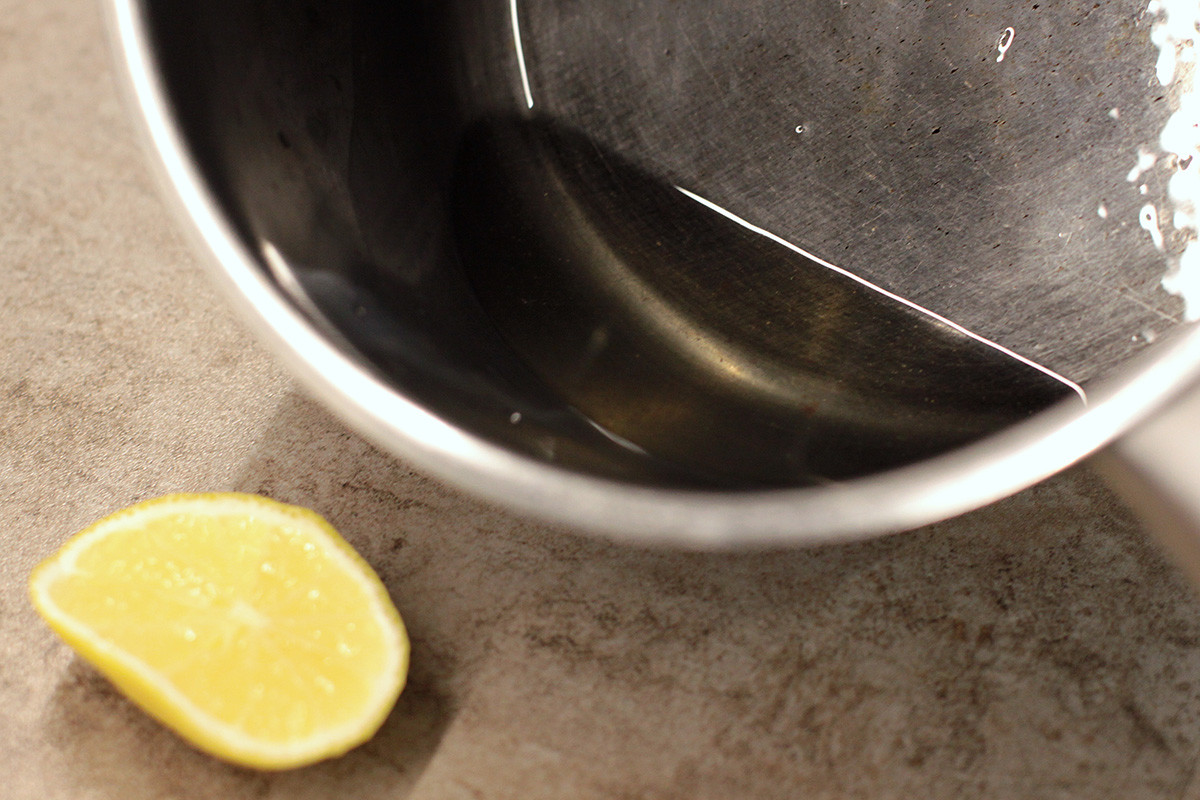
11. Generously cover both ready kovrizhka layers with the glaze using a brush and let it set for a minute.
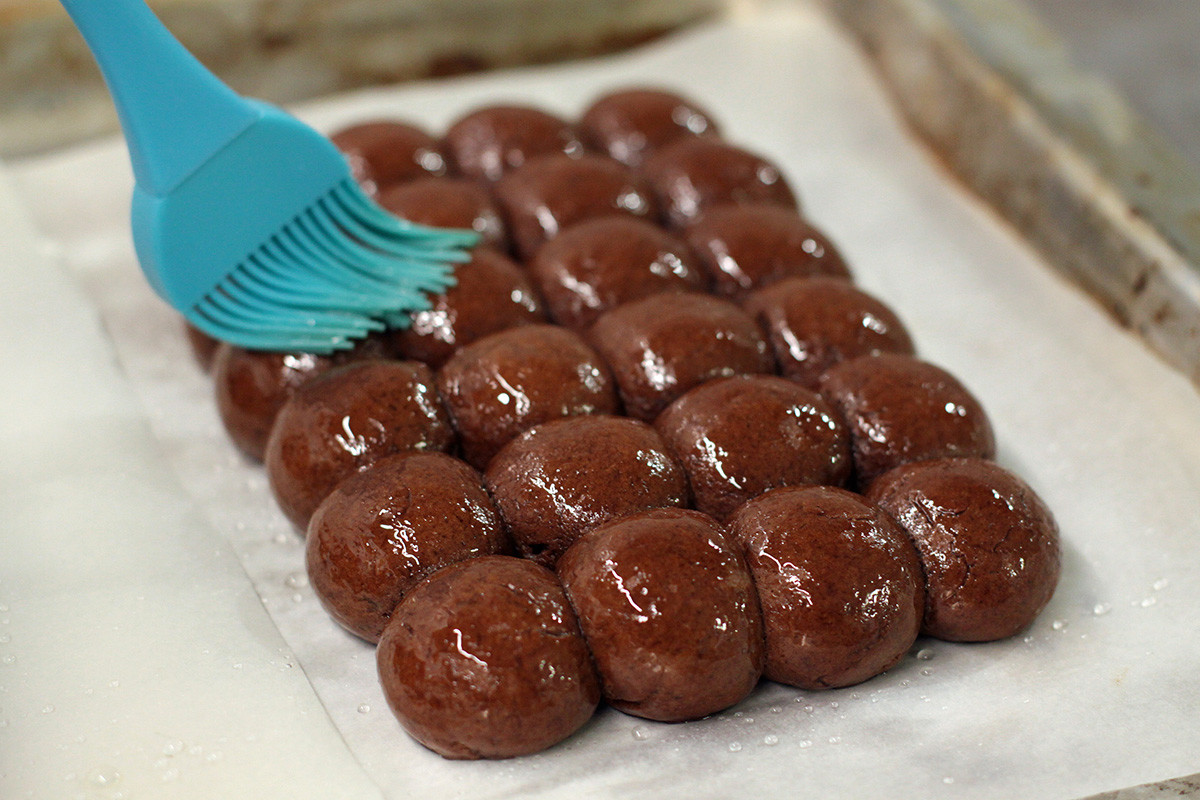
12. To assemble kovrizhka, spread caramelized milk or dulce de leche over the flat layer; cover with the “pavement” layer and leave for at least a couple of hours to set. Feel free to use any jam (preferably apricot or citrus) instead of dulce de leche – it always adds a nice sourness to kovrizhka’s taste.
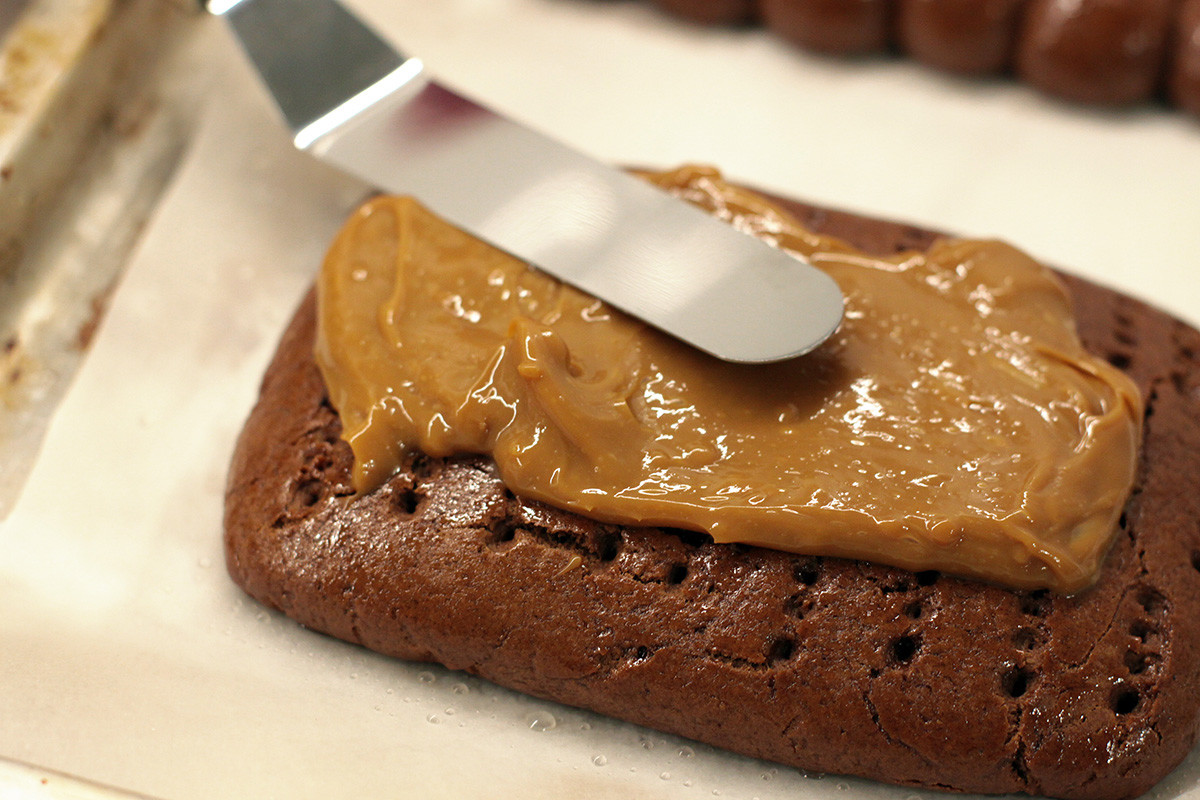
13. Cut kovrizka in slices and enjoy with a nice cup of tea – priyatnogo appetita!
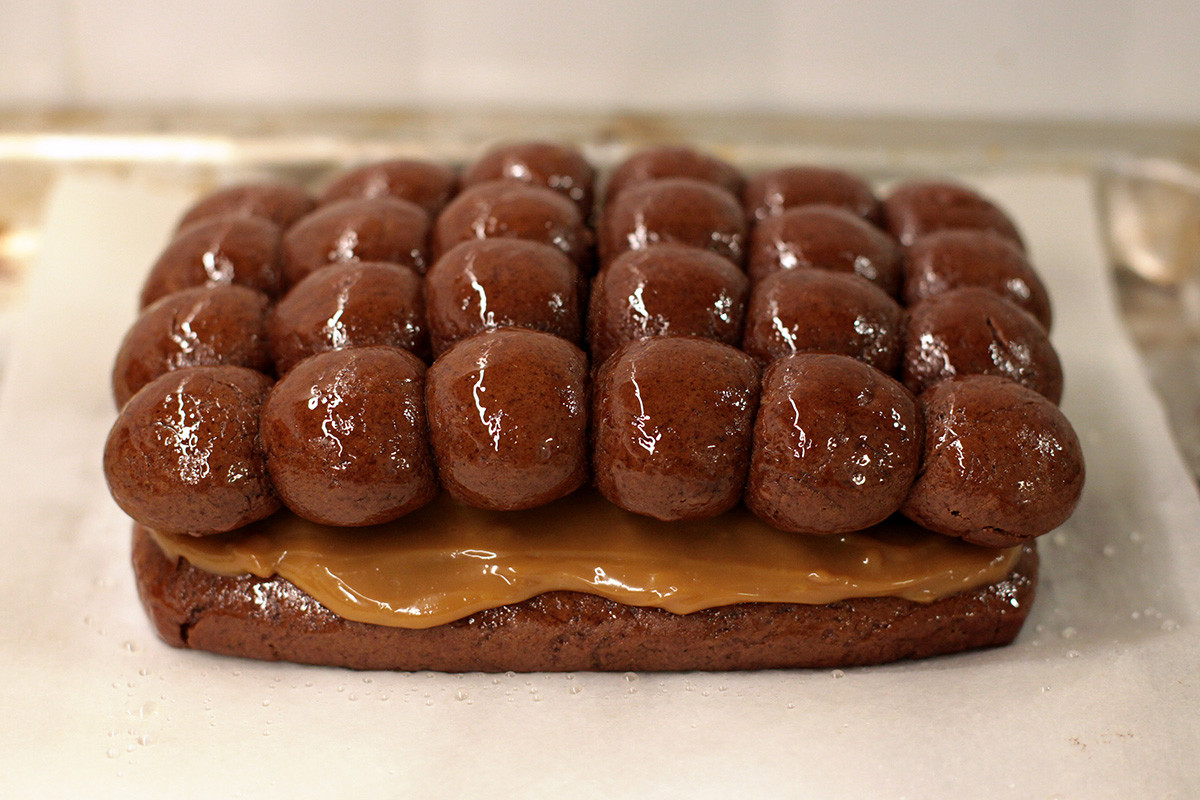
If using any of Russia Beyond's content, partly or in full, always provide an active hyperlink to the original material.
Subscribe
to our newsletter!
Get the week's best stories straight to your inbox